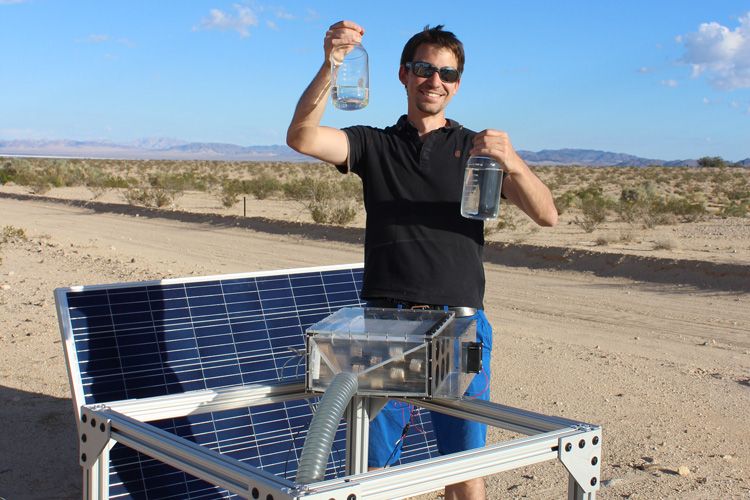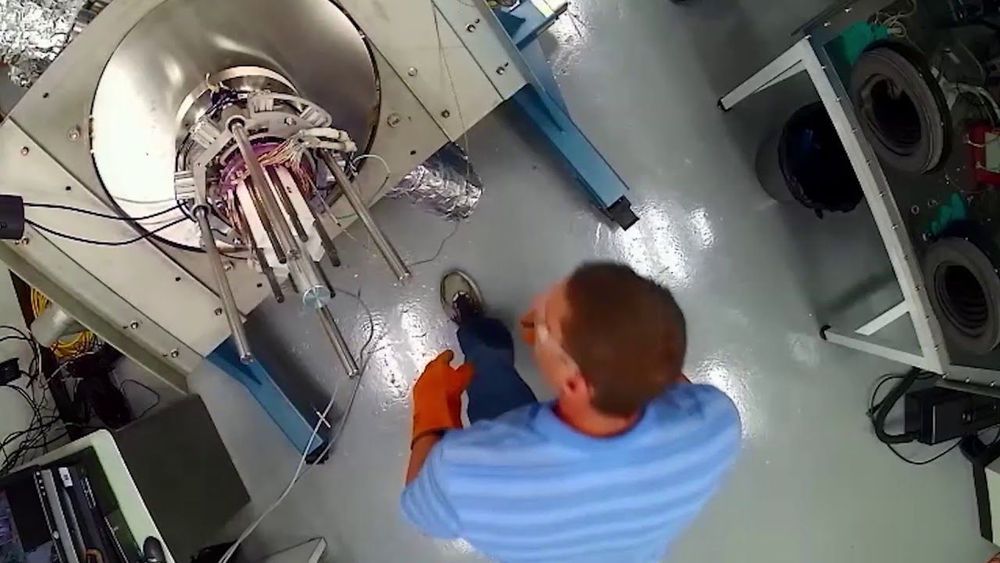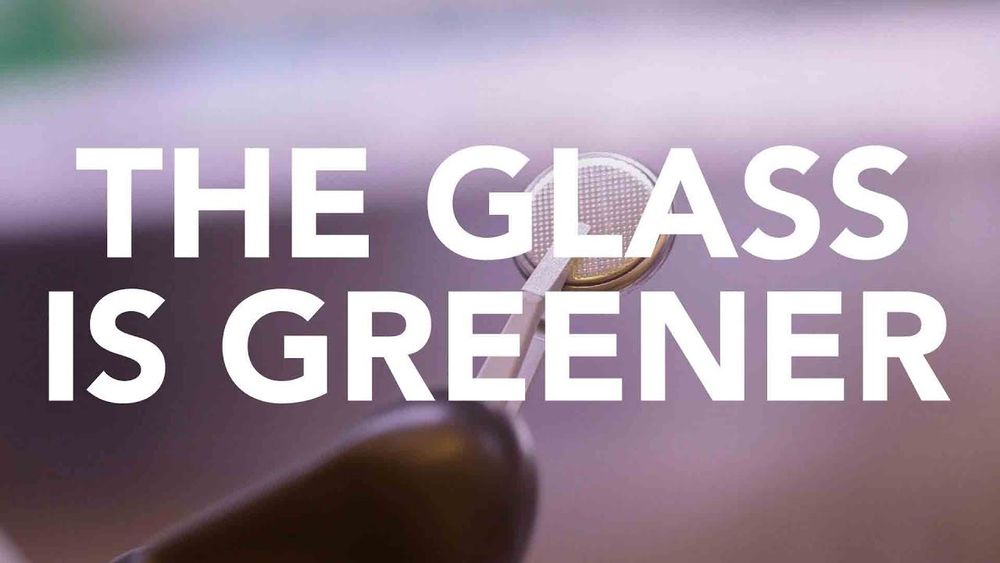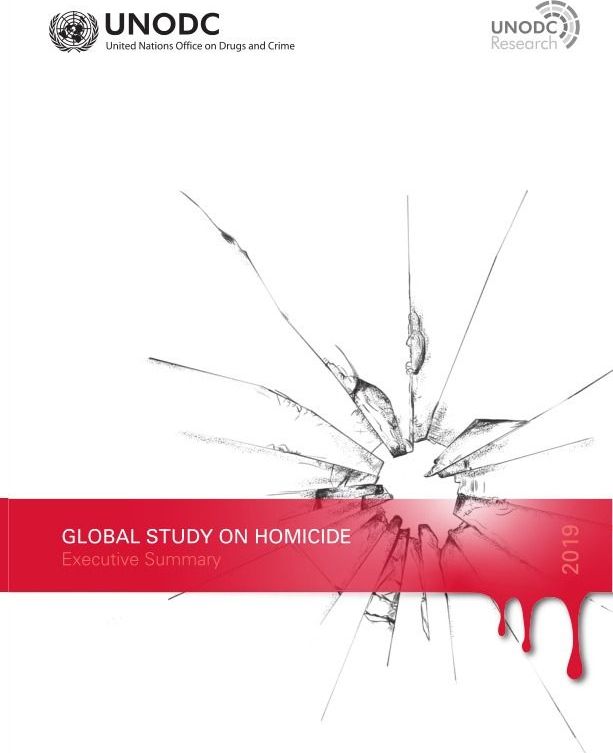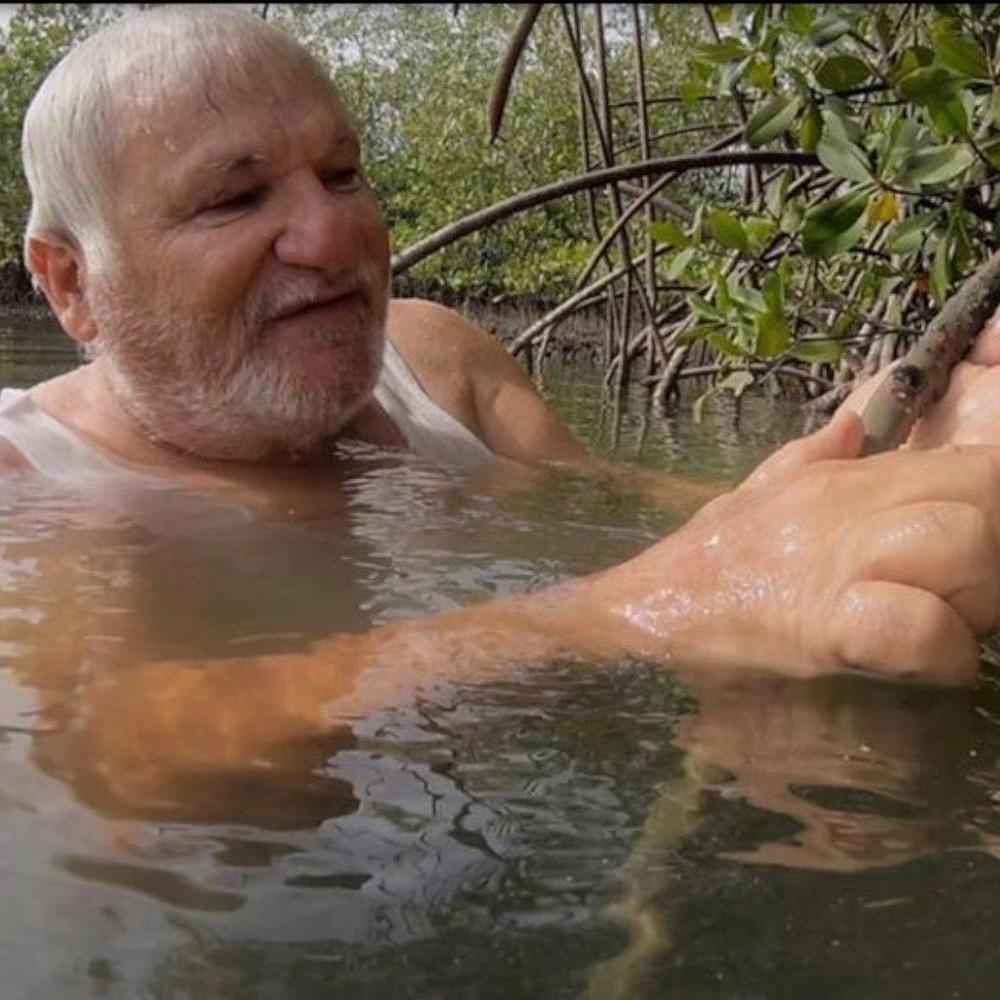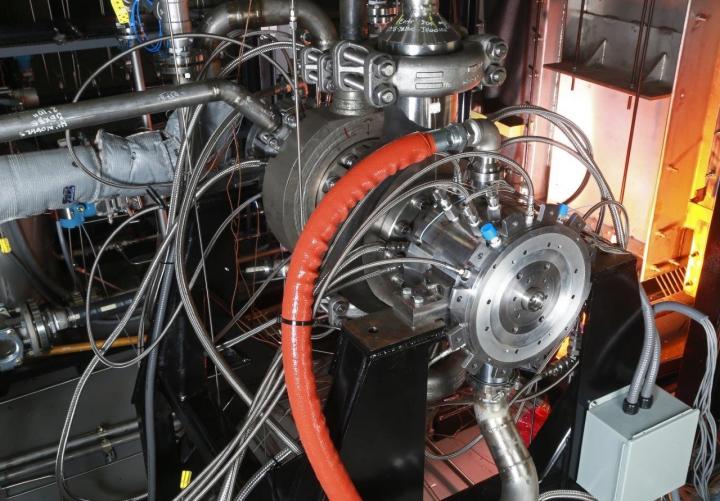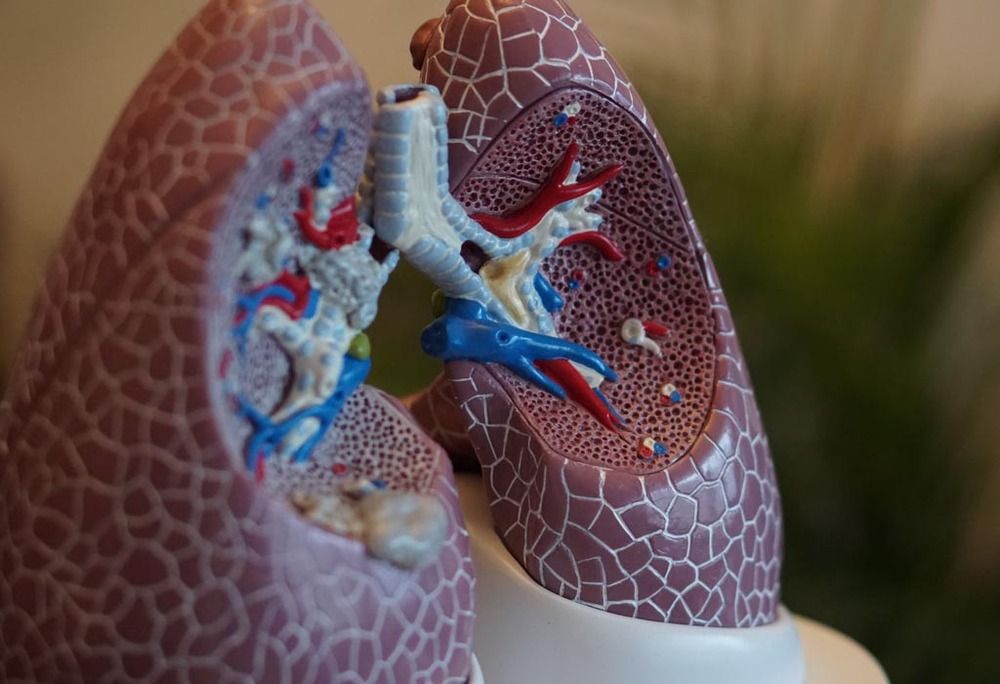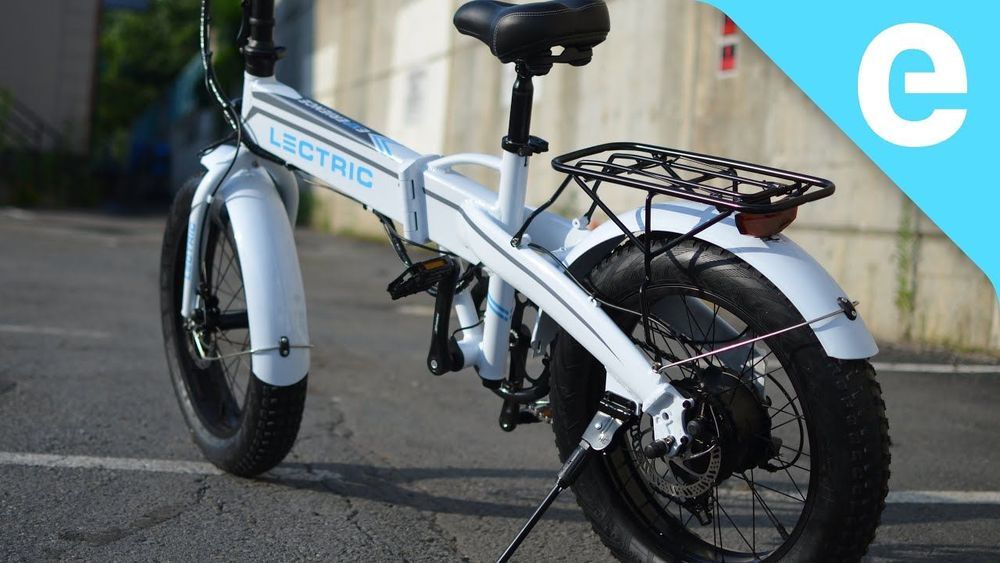As vital as clean water is for human life, unfortunately it’s not always easy for people to get enough. Adding insult to injury, the stuff is basically always floating around us in the air, unreachable. Now, researchers from the University of California Berkeley have developed a device that can wring drinkable amounts of water out of even the driest air.
The team says this new water harvester can produce more than 1.3 L (5.4 US cups) of water per day per kilogram (2.2 lb) of a particular water-absorbing material. This can be done even at less than 40 percent relative humidity. That’s not a whole lot of water, but it is more than enough to keep a person alive, if a situation was that dire.
The harvester was put to the test over three days in the Mojave Desert. During that time, the device produced 0.7 L (3 cups) of water per kg of material, and even on the driest day the harvester managed to wring 200 ml (6 oz) of water out of air that had an extremely low relative humidity of just seven percent.
